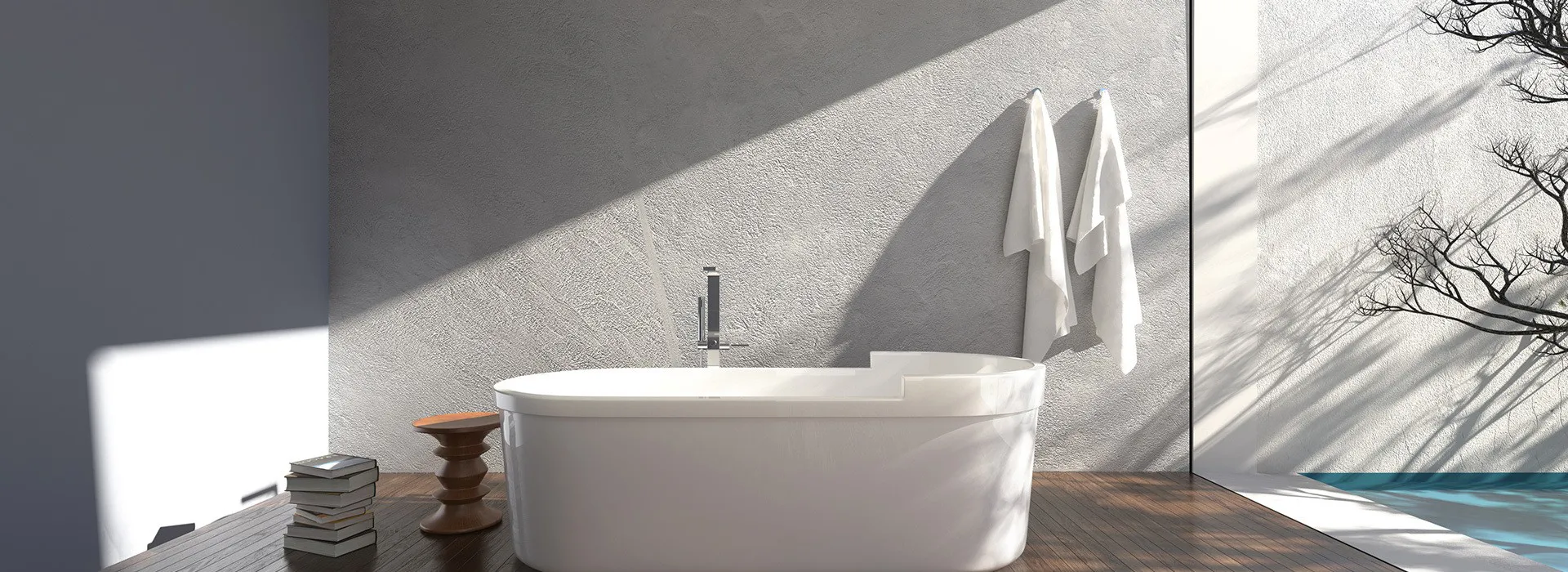
Knowledge
The Essential Guide to PPR Pipe and Fittings in Construction
Release time : April 15 2025
PPR (Polypropylene Random Copolymer) pipes and fittings have gained significant traction in the construction materials sector due to their exceptional properties and versatility. Understanding the advantages and applications of PPR pipe and fittings can greatly enhance your project efficiency and longevity.
One of the primary advantages of PPR pipes is their high resistance to temperature fluctuations. They can handle both hot and cold water, making them suitable for various applications, including plumbing systems, heating systems, and even industrial settings. Their ability to maintain structural integrity under high temperatures (up to 95°C) makes them an ideal choice for hot water supply systems.
Moreover, PPR pipes exhibit excellent chemical resistance. Unlike metal pipes, they do not corrode or rust, resulting in a longer lifespan and reduced maintenance costs. This durability is particularly beneficial in environments where chemical exposure is a concern, such as in chemical plants or agricultural settings.
Installation of PPR pipe and fittings is relatively straightforward, thanks to the ease of welding the joints. This fusion process creates a strong bond that prevents leaks and ensures a reliable flow of fluids. Additionally, the lightweight nature of PPR makes handling and transportation more manageable, which can lead to reduced labor costs and time on-site.
Another noteworthy aspect of PPR pipes is their low thermal conductivity. This property minimizes heat loss in hot water systems, contributing to energy efficiency in buildings. As sustainability becomes increasingly important in construction, incorporating PPR pipes can significantly enhance a project's environmental profile.
In terms of applications, PPR pipes and fittings are widely used in residential, commercial, and industrial projects. They are suitable for water supply systems, heating installations, compressed air systems, and even fire protection systems. Their versatility makes them an indispensable component in modern construction.
It's also important to consider the environmental implications of using PPR materials. They are fully recyclable, which aligns with the growing emphasis on sustainable practices in the construction industry. This feature not only reduces waste but also promotes a circular economy, which is beneficial for both businesses and the environment.
In summary, PPR pipe and fittings offer a myriad of advantages for construction projects. Their durability, chemical resistance, ease of installation, and energy efficiency make them a practical choice for a variety of applications. By understanding these aspects, professionals in the building and decoration materials industry can make informed decisions that enhance the quality and sustainability of their projects. Emphasizing the use of PPR technology can lead to improved outcomes and satisfaction for both builders and clients alike.
One of the primary advantages of PPR pipes is their high resistance to temperature fluctuations. They can handle both hot and cold water, making them suitable for various applications, including plumbing systems, heating systems, and even industrial settings. Their ability to maintain structural integrity under high temperatures (up to 95°C) makes them an ideal choice for hot water supply systems.
Moreover, PPR pipes exhibit excellent chemical resistance. Unlike metal pipes, they do not corrode or rust, resulting in a longer lifespan and reduced maintenance costs. This durability is particularly beneficial in environments where chemical exposure is a concern, such as in chemical plants or agricultural settings.
Installation of PPR pipe and fittings is relatively straightforward, thanks to the ease of welding the joints. This fusion process creates a strong bond that prevents leaks and ensures a reliable flow of fluids. Additionally, the lightweight nature of PPR makes handling and transportation more manageable, which can lead to reduced labor costs and time on-site.
Another noteworthy aspect of PPR pipes is their low thermal conductivity. This property minimizes heat loss in hot water systems, contributing to energy efficiency in buildings. As sustainability becomes increasingly important in construction, incorporating PPR pipes can significantly enhance a project's environmental profile.
In terms of applications, PPR pipes and fittings are widely used in residential, commercial, and industrial projects. They are suitable for water supply systems, heating installations, compressed air systems, and even fire protection systems. Their versatility makes them an indispensable component in modern construction.
It's also important to consider the environmental implications of using PPR materials. They are fully recyclable, which aligns with the growing emphasis on sustainable practices in the construction industry. This feature not only reduces waste but also promotes a circular economy, which is beneficial for both businesses and the environment.
In summary, PPR pipe and fittings offer a myriad of advantages for construction projects. Their durability, chemical resistance, ease of installation, and energy efficiency make them a practical choice for a variety of applications. By understanding these aspects, professionals in the building and decoration materials industry can make informed decisions that enhance the quality and sustainability of their projects. Emphasizing the use of PPR technology can lead to improved outcomes and satisfaction for both builders and clients alike.
Tags:
Recommended News
March 03 2025
March 03 2025
November 11 2021
November 11 2021
November 11 2021
November 11 2021
November 11 2021
January 01 2022
July 07 2022
March 03 2025
X

